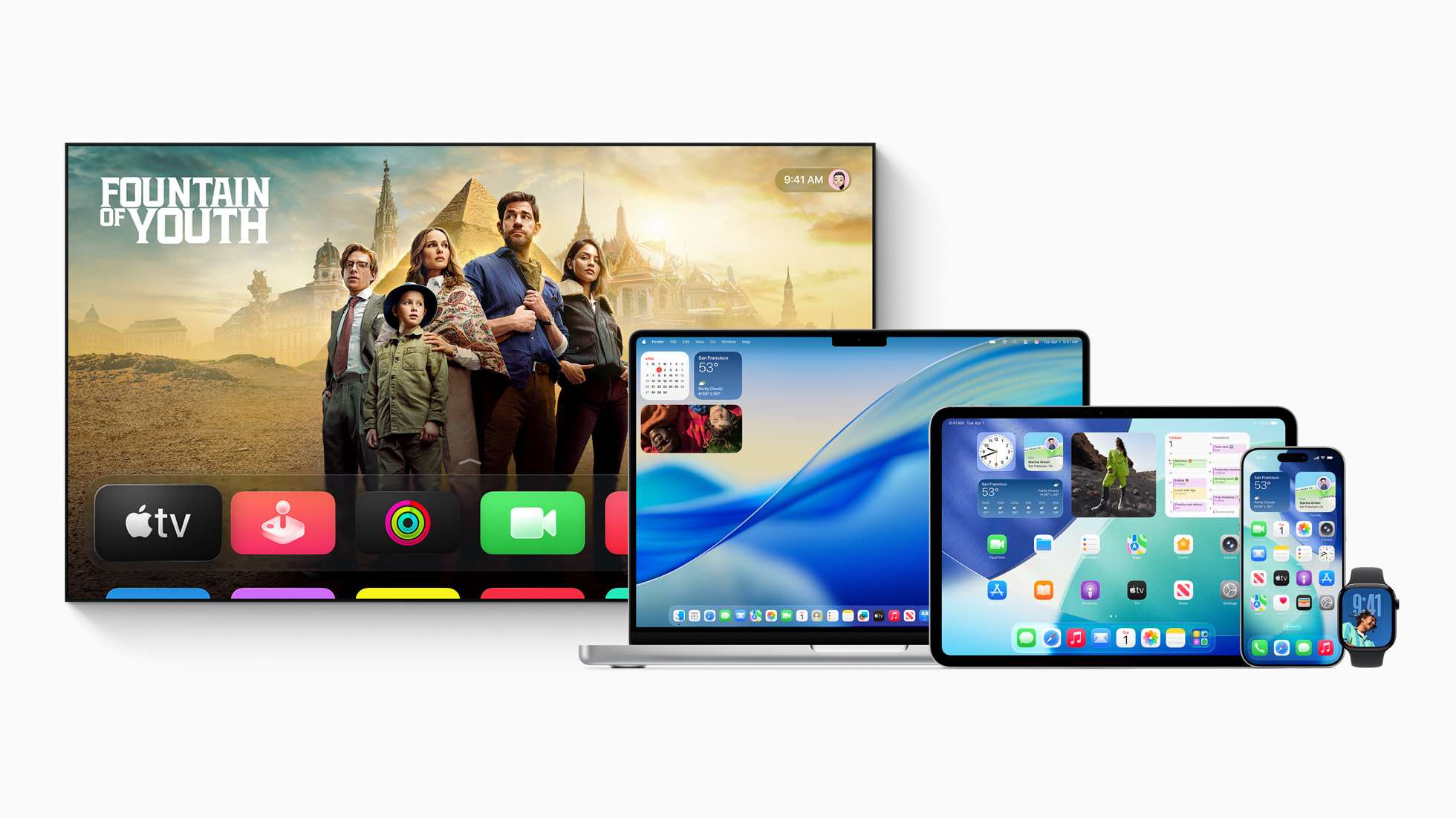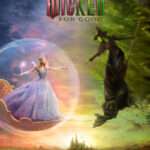Apple debuts cross-platform UI overhaul with ‘Liquid Glass’ material in iOS 26, macOS Tahoe, and more

Apple has introduced a significant redesign of its software interface across all major platforms — iOS 26, iPadOS 26, macOS Tahoe 26, watchOS 26, and tvOS 261 — centered around a new visual material called Liquid Glass. The update marks Apple’s most extensive UI refresh in years, aiming to unify the user experience while preserving platform-specific behaviors.
Liquid Glass: A New Visual Layer
Liquid Glass is a translucent, context-aware material that adapts to surrounding content and lighting conditions. It uses real-time rendering and specular highlights to simulate the optical properties of physical glass, creating a dynamic visual layer that responds to user interaction and device context.
The material is applied system-wide — from buttons and sliders to navigation bars and widgets — and is designed to enhance focus on content without compromising usability. Apple says the material was developed through close collaboration between its design and engineering teams, leveraging advances in GPU performance and display technology.
Platform-Wide Consistency with Contextual Adaptation
The redesign introduces consistent UI patterns across platforms, such as rounded controls that align with hardware contours and navigation elements that dynamically adjust based on user behavior. For example, tab bars in iOS 26 now shrink during scrolling to prioritize content, while sidebars in macOS and iPadOS refract background content to maintain spatial awareness.
System-level changes include a redesigned Lock Screen where the time display adapts to photo subjects using Liquid Glass, and a reworked Dock and Home Screen with layered visual effects. On macOS Tahoe 26, the menu bar is now fully transparent, and users can customize widgets and icons with new light/dark tints and a clear appearance.
Developer Integration via Updated APIs
Apple has updated its developer frameworks — SwiftUI, UIKit, and AppKit — to support the new design language. Developers can adopt Liquid Glass and the redesigned controls using new APIs, enabling them to align their apps with the updated system aesthetics while maintaining performance and accessibility standards.
Implications for the Ecosystem
This redesign signals Apple’s continued push toward tighter integration between hardware and software, with a focus on visual coherence and responsiveness. It also sets the stage for future experiences that may build on the Liquid Glass foundation, particularly in areas like spatial computing and adaptive UI design.
The updated design will roll out later this year across supported devices, including Apple TV 4K (2nd generation and later).




